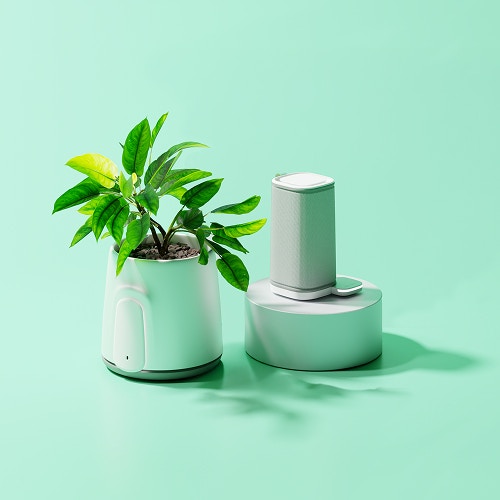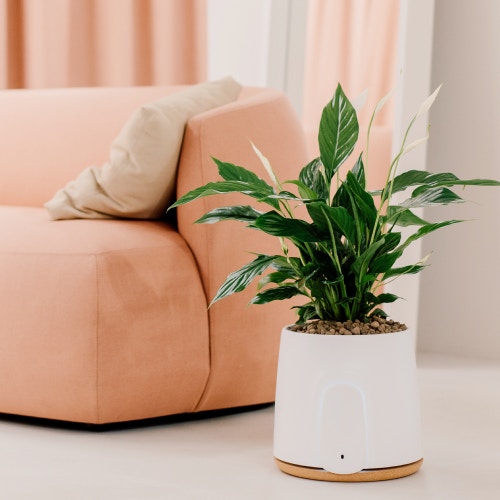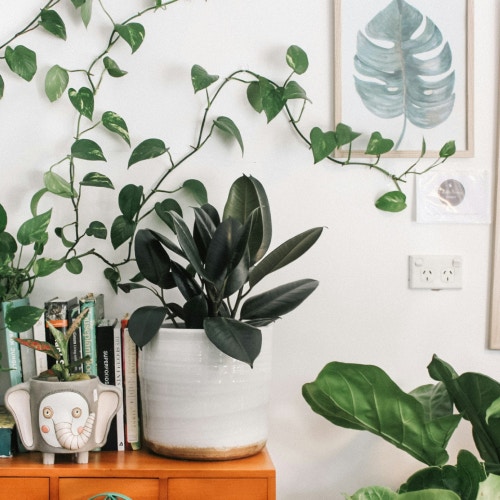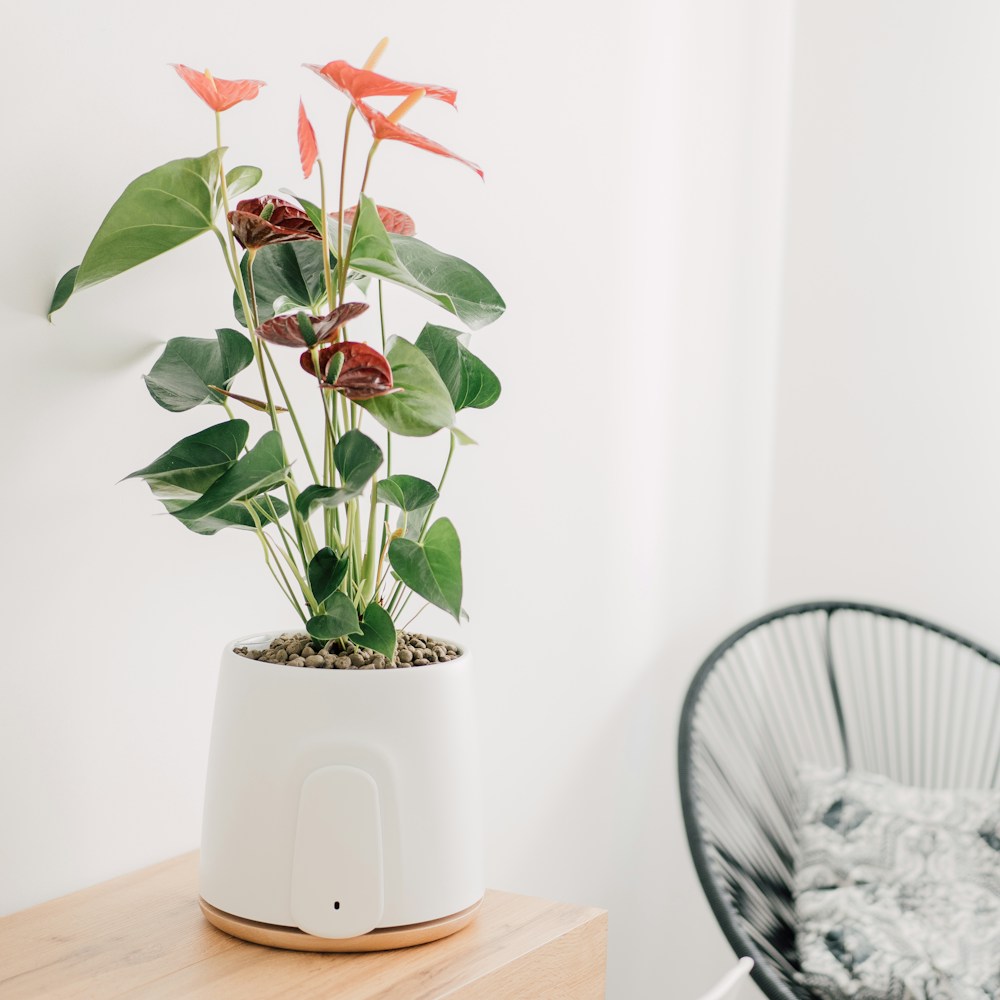
Design thinking behind Natede: Circular Economy and green design
→
You can think that the aim of the design is aesthetics but, in reality, it is more linked to strategy. The design is created for its functionality, but behind it, there is more.
Every product starts with an idea that grows, evolves and then becomes a concept. You can think that the aim of the design is aesthetics but, in reality, it is more linked to strategy. The design is designed for its functionality, but behind it, there is more. The origin is in Plato and ancient Greek’s concept of beauty. Let’s talk about design thinking.
Kalokagathia or the beauty of good design thinking
The universe, with its harmonic movements and with the precision of the mathematical ratios hidden behind it, is a flawless completion. This is the concept that inspired it.
“Καλοκαγαθία” or otherwise “kalòs kài agathòs” is the term that expresses beauty in Greek: beautiful is something that is morally good and functional at the same time.
This harmony between aesthetics (Kalòs) and ethics (Agathòs) elevate beauty towards ideal perfection. Nowadays, several arts use this concept and the design is probably the one that proposes it more. Now you can apply the concept of Plato’s morally good functionality to today’s necessities.
This way of designing is now connected to various forms of “new-good” or ethical good, from social inclusion to saving the environment topics. Among the many, there is the one that inspired Natede: Cradle to Cradle.
Cradle to Cradle: design thinking applied to Circular Economy
This concept is inspired by nature and the principles of the Circular Economy. The developers are Michael Braungart, William McDonough and scientists of EPEA in Hamburg. Circular Economy is a new economic model, which is profitable for companies and sustainable for the environment without a sacrifice of the customer’s quality of life.
The “Cradle to Grave” refers to the lifecycle of a product, from the birth (the cradle) to its death (the grave). So, the transformation of the phrase, Cradle to Cradle (C2C) means “from the birth to another birth”, suggesting that with procedures such as recycling, reinventing, and transforming, design can be eco-friendlier (for us and for future generations).
C2C goes deeper than other ethical design movements as it aims to create both equal economic, social and ecological benefits. The materials can be taken apart and being reprocessed without becoming waste (like Natede) and stabilizing the price fluctuation of raw fabric markets. Otherwise, if they return to the biosphere, they should become nutrients from which new constituents are created.

Credit: EPEA
Design Thinking behind Natede
Natede is the only air purifier on the market that follows Cradle to Cradle principles. We created it as an archetype disruptor of the most common household appliances. Thanks to a new aesthetic identity it doesn’t detach from the familiar environment. While most air purifiers are bulky and work with expensive filters that need to be replaced often, Natede doesn’t need any.
Natede is a green design product born from an idea of Vincenzo Vitiello (CDO and designer). It is an air purifier that eliminates toxic agents from the air with the help of some household plants, like Snake plant or Aloe. These plants are used as filters, removing airborne pollutants through the roots. In addition, there is also a photocatalytic filter that eliminates viruses, bacteria, and significantly removes odors.
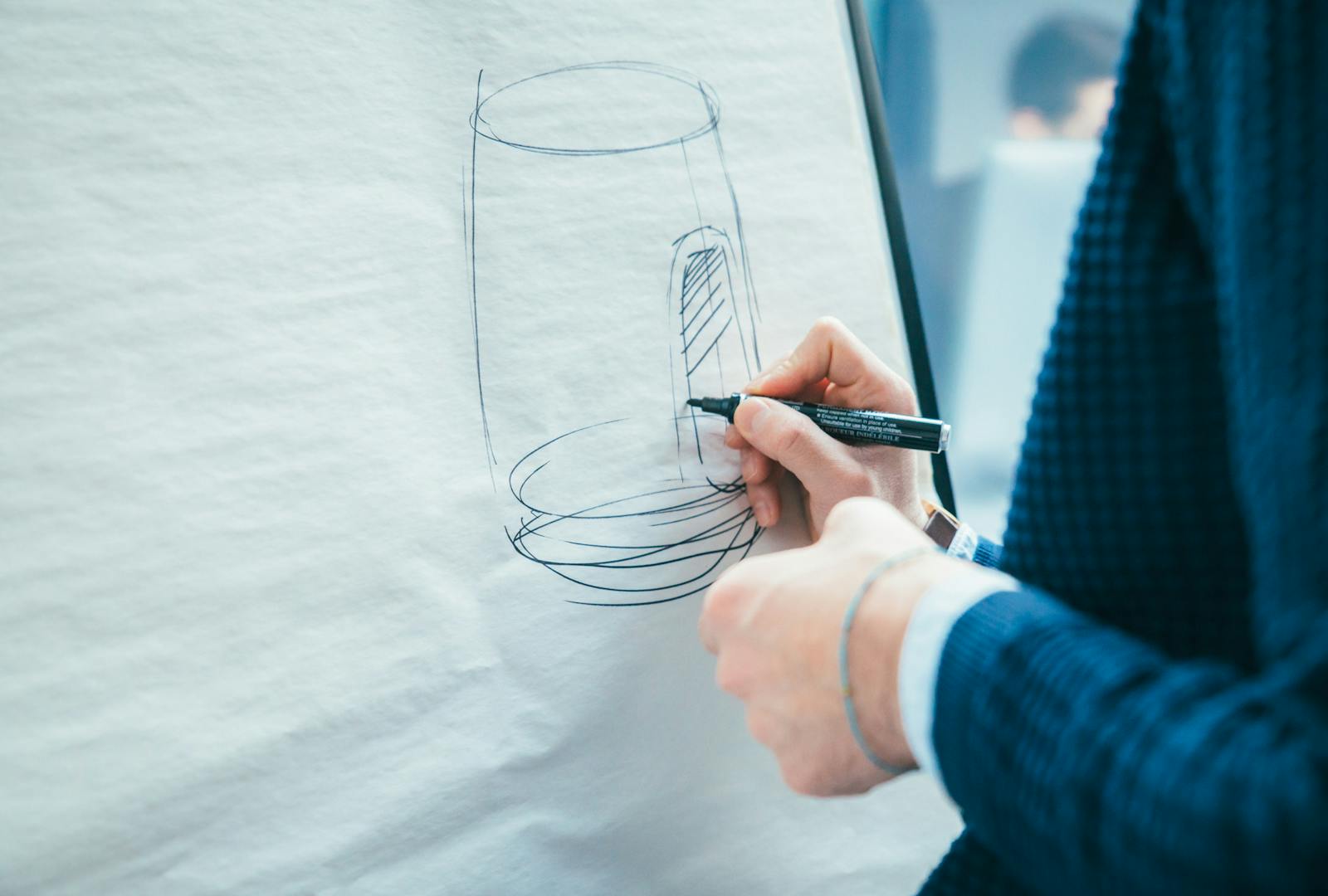
As the name itself says, Natede means Nature, Technology and Design. It may seem easy to integrate everything into a single product, but it’s not. The product is based on Wolverton’s scientific paper from NASA that found out plant’s natural air purification capacity.
The scientific discovery had been totally re-imagined and challenged to prove that it is still effective and reliable. During the design thinking of Natede there have been some conceptual and creative drawbacks to face, from the natural elements to social benefits. In order to improve the airflow inside Natede and to create a balance between it and good purification performance, there was a close collaboration with Plus+ Solution and Advantech fluid dynamic engineers to perfect the airflow and improve the purification range.
Challenges and solutions
Also, the co-existence inside a product of both technology and water was extremely important to have the safest product possible. Therefore, we added a drainage system that is totally isolated from the hi-tech core. There is a water reservoir of 1L capacity that can self-water the plant.
To preserve the environment, we used recyclable materials made of natural waste without applying any glues. The hi-tech core includes three innovative functions that help the user to monitor air quality without touching the product:
- proximity sensor
- IoT/ Smart Home devices compatibility
- LED interface.
The proximity sensor switches on and off Natede without touching it. This helps you while you are cooking and your hands are dirty! If you are far from the product, you can even ask Google Home to turn it on thanks to Smart Home compatibility.
Natede is also a functional object as not only offers real-time insights via smartphones app, it will communicate it through LED interface too. The interface pulsates slower or faster to visually communicate if the air quality is good or not. The light “breathes” slow when you are breathing clean air. Otherwise, you need to improve it by switching on Natede.
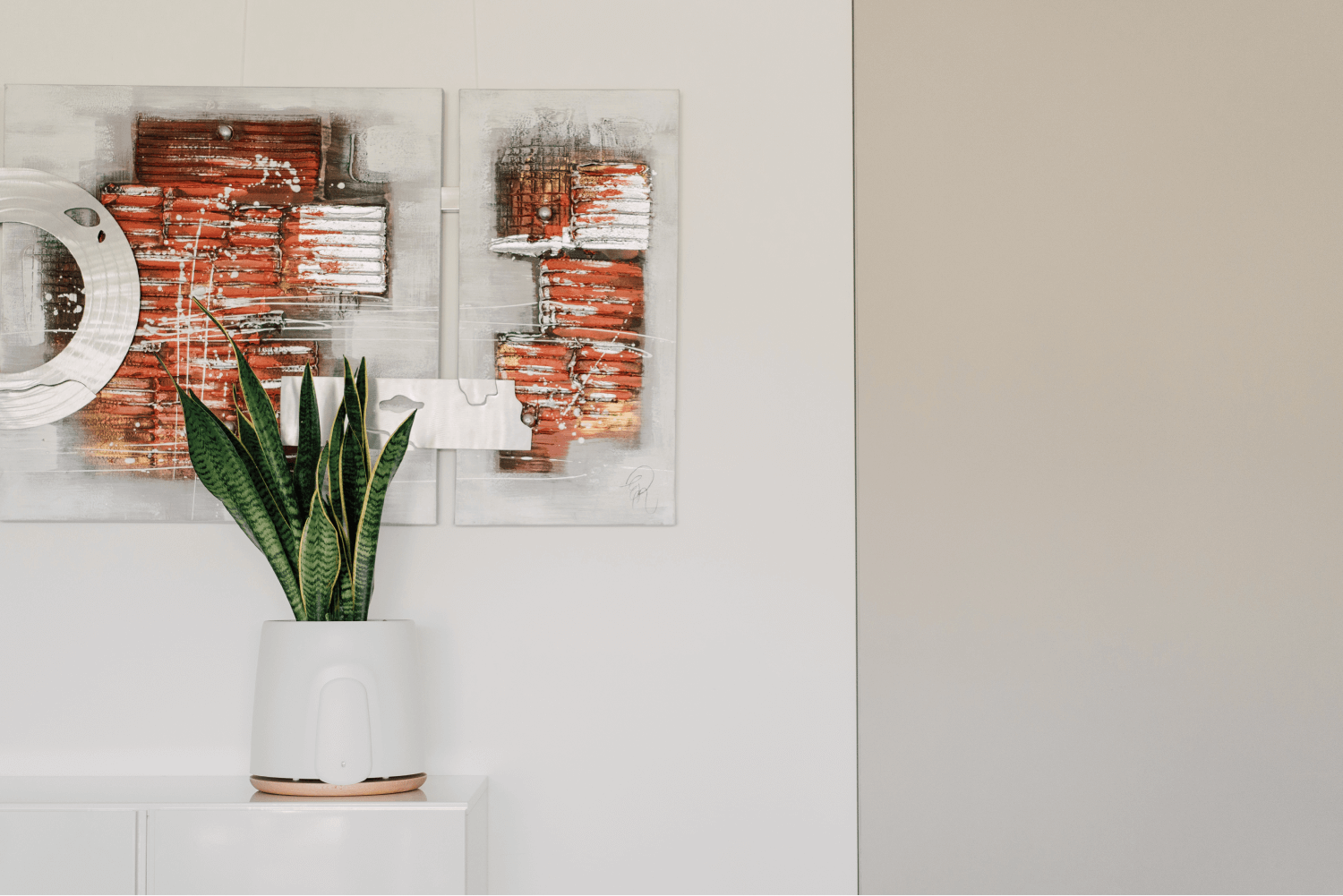
More than a green design object
Natede helps people solving the problem of indoor air pollution indoors, but it is more than a green design object. In fact, Natede provides social benefits in developing countries thanks to the collaboration with Eden Reforestation Projects. It is a non-profit organization that reduces extreme poverty and restore healthy forests by employing local villagers to plant millions of trees every year.
We want to have a positive impact on the planet and fight climate change. This is why we produce our products with the lowest impact on the environment possible. Moreover, we plant 10 trees every product sold! In almost 3 years we planted over 100 thousand trees in Kalamboro, Madagascar.
